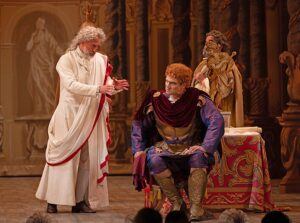By Hrant Galstyan
YEREVAN (Hetq) — A new road designed to bypass the western portion of Yerevan will be constructed atop the Karmir Blur (Red Hill), a famous historical landmark in Armenia. Excavations at the site have uncovered a burial mound dating back to the Urartian period. If the entire site isn’t excavated before the end of this year, many priceless artifacts may be lost forever; buried under the new roadway. A study of the 2,700 year-old burial site is important because information gained might add to our knowledge of Teishebaini, the city-fortress built by Rusa II in the first half of the 7th century BC.
Experts say that there are few ancient cities where the fort and burial mound have been preserved.
“This is unique because we have both a living city, the fort, where residents once lived, and the dead city, the necropolis, where those residents were buried. This reveals the ethnic make-up of Karmir Blur,” says Hakob Simonyan, who heads the excavation team. The graves can shed new light on Urartian burial rites at the time.
Simonyan argues that the fact that the heads of the dead were placed in women’s pelvises shows that people of the time believed in rebirth.
Another new discovery for all of the Near East, according to Simonyan, is the burial of newborn children. Weapons, ornaments and ceramic vessels have been unearthed at the burial mound. Despite the fact that the graves belonged to common urban residents, their burials were accompanied by the sacrifice of slaves.







